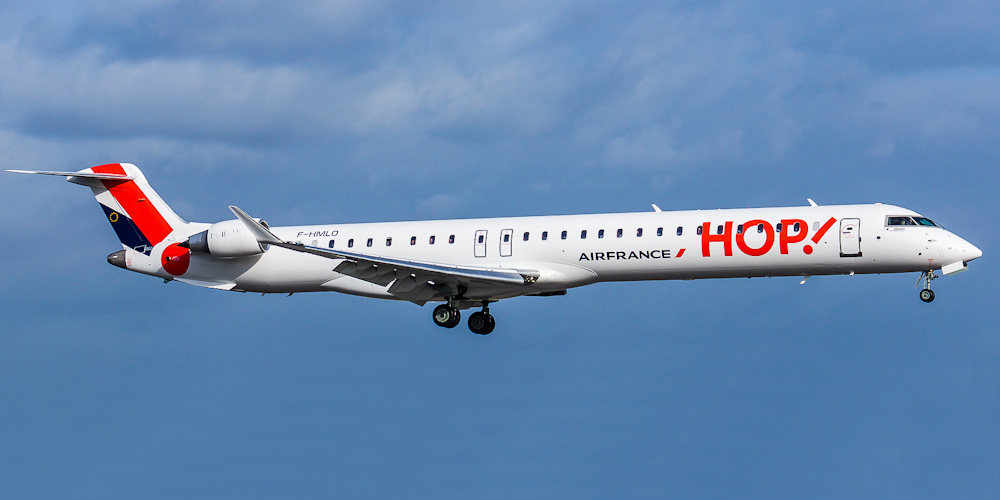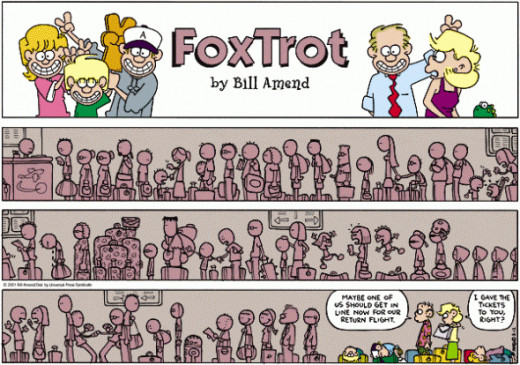

If a student has only practiced configuring the plane for takeoff from a full stop, that student pilot will be unprepared to safely reconfigure the aircraft for a go around. Touch and go landings also prepare the student to be able to execute a go around if needed.

Using touch and go landings lets you train back to back on all these approaches with minimal downtime in between.

Rather than making a full stop landing and taxiing back just to wait to take off again, a touch and go landing lets the student spend as much of their flight time in the air as possible while still practicing their landing skills.Īs you prepare for your check ride, your CFI will spend time having you practice the landing approaches that you will be tested on – normal, soft field, short field and forward slip. Regardless of your current experience level, touch and goes will serve to build piloting skills and expertise.ĭuring the later stages of initial flight training, touch and goes are used to maximize training and flight time. Touch and go landings have several purposes both for student pilots and seasoned pilots. During these maneuvers, they will take off, enter the pattern, do a touch and go landing, then re-enter the pattern, do another touch and go landing, and repeat this sequence. Pilots will often practice a series of touch and go landings. Rather than coming to a stop and taxiing off the runway as you would with a normal landing, once the wheels touch down, the pilot continues down the runway, reconfigures the plane for takeoff and executes an immediate takeoff without ever coming to a stop. During a touch and go landing, the pilot makes an approach to landing, configures the plane to land, and briefly touches down on the runway. What is a touch and go landing?Ī touch and go landing is a maneuver performed in fixed wing aircraft. Fellow pilots will recognize that the aircraft was executing a touch and go landing. These non-aviators are often confused by the maneuver and wonder what the pilot was doing. Non-pilots sometimes see aircraft come in for a landing, briefly touch down to the runway, and then just as quickly accelerate and take back off.


 0 kommentar(er)
0 kommentar(er)
